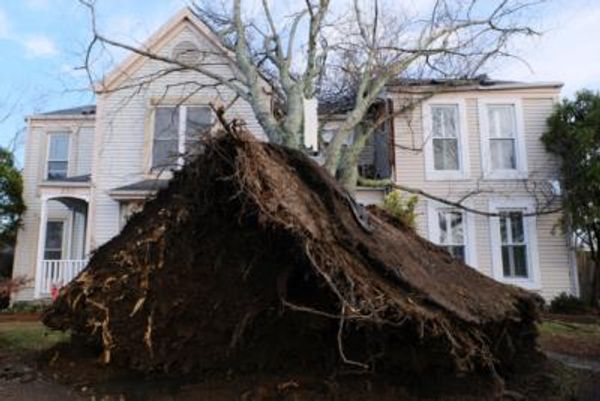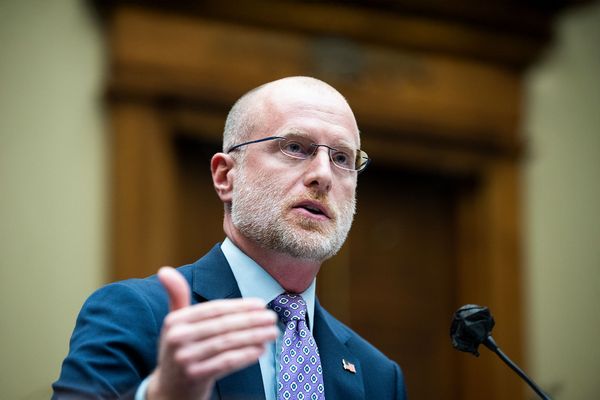COVID-19 disproportionately affected the health of Black and Hispanic Americans
In 2020, COVID-19 death rates for Black and Hispanic people were higher than rates for non-Hispanic white and Asian people across age groups. More than 0.5% of Black and 0.7% of Hispanic people aged 65 to 74 died from COVID-19 — higher than the 0.2% of non-Hispanic white people in this age group who died from coronavirus.
Health insurance coverage is lower among minority groups. In 2019, 16.7% of Hispanic Americans and 9.6% of Black Americans were uninsured; these rates were higher than the national uninsured rate.
Pandemic-related unemployment hit Black and Hispanic Americans hardest
The pandemic’s economic effects have also hit minority Americans harder than white Americans. In April 2020, monthly unemployment reached a high of 14.8%, shortly after dipping to a 50-year low of 3.5% in February.
Unemployment was highest among Black and Hispanic Americans, with the monthly unemployment rate for Hispanic Americans growing to 18.9% in April. In December 2020, the unemployment rate remained highest among Black and Hispanic workers: 9.9% and 9.3%, respectively.
Standard of living declined across the board
The pandemic also affected the standard of living. In December 2020, 38% of all households — 90 million nationwide — reported difficulty paying for typical expenses. Minority households were impacted at greater rates than households overall: 55% of Black households and 51% of Hispanic households.
Increasing educational challenges disproportionately affect minority students
The pandemic has also disproportionately impacted educational attainment in minority communities. In December, over half of adults living with K-12 students reported that their children spent less time learning compared to before the pandemic.
But minority families often experienced deeper challenges. Specifically, internet access for online learning was not equally available: while two-thirds of Black children reported “always having internet available for their studies,” over three-quarters of white and Asian children reported the same.
Among all students, two-thirds of all eighth graders are not proficient in math and reading. However, this problem is more pronounced among certain students, with nearly four out of five Black and Hispanic eighth graders falling behind in these subjects. Education gaps persist into adulthood: while more than a third of the overall adult population has a bachelor’s degree or higher, only 25% of Black Americans and 19% of Hispanic Americans do. It is important to note the data is from 2019, before the pandemic.
Minority overrepresentation in prisons persists, but is declining
Black and Hispanic overrepresentation in the US criminal justice system is well-documented. However, decriminalization of drug-related offenses and other justice-reform measures seem to be mitigating these inequalities. The Black or Hispanic proportion of the prison population decreased from 58% to 55% between 2009 and 2018. The proportion of the nation's population that was Black or Hispanic increased from 28% to 31% in that same time. In 2018, violent crime was the most serious offense for 32% of white prisoners, but 54% of Black prisoners and 59% of Hispanic prisoners.
For more data-driven, nonpartisan metrics, see The State of the Union in Numbers.







